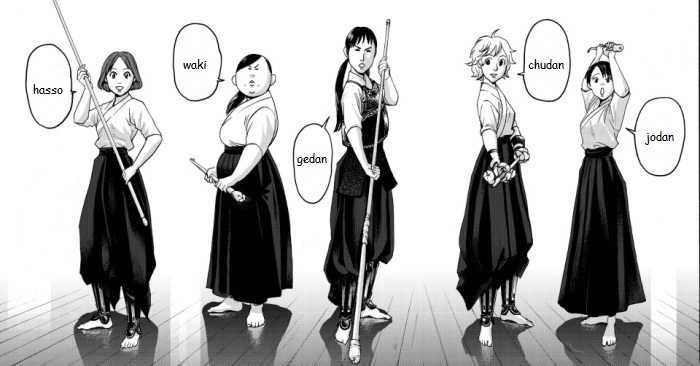Het arrangement Naginata Beginner's Guide is gemaakt met Wikiwijs van Kennisnet. Wikiwijs is hét onderwijsplatform waar je leermiddelen zoekt, maakt en deelt.
- Auteurs
- Laatst gewijzigd
- 12-02-2025 15:49:54
- Licentie
-
Dit lesmateriaal is gepubliceerd onder de Creative Commons Naamsvermelding 4.0 Internationale licentie. Dit houdt in dat je onder de voorwaarde van naamsvermelding vrij bent om:
- het werk te delen - te kopiëren, te verspreiden en door te geven via elk medium of bestandsformaat
- het werk te bewerken - te remixen, te veranderen en afgeleide werken te maken
- voor alle doeleinden, inclusief commerciële doeleinden.
Meer informatie over de CC Naamsvermelding 4.0 Internationale licentie.
Aanvullende informatie over dit lesmateriaal
Van dit lesmateriaal is de volgende aanvullende informatie beschikbaar:
- Toelichting
- This guide is for people who have just started doing Naginata. It contains theory that is relevant for the Dutch 6th, 5th and 4th grade kyu exam.
- Eindgebruiker
- leerling/student
- Moeilijkheidsgraad
- gemiddeld
Bronnen
| Bron | Type |
|---|---|
|
Folding the hakama https://www.youtube.com/watch?v=gXF2xLsQgwY |
Video |
|
Uchikeashi (2:20-2:53) https://www.youtube.com/watch?v=weVQnCvkXbw |
Video |
|
Shikake-oji https://www.youtube.com/watch?v=EIK5BMPC-lY |
Video |
|
Uchikomi-geiko (0:20-0:55) https://www.youtube.com/watch?v=0u9hRXTdklk&t=1s |
Video |









